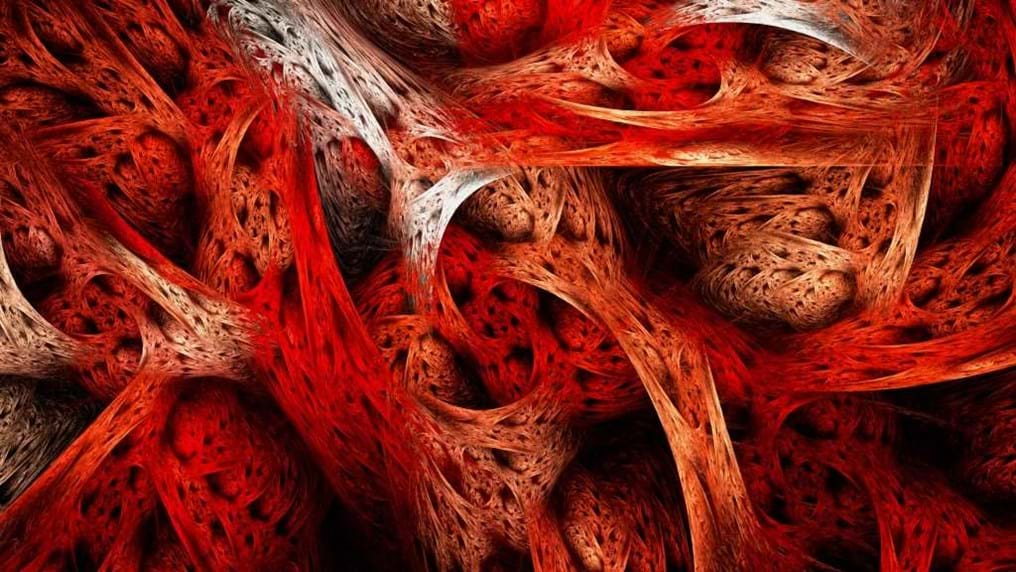Day 162: Breaking through the nano-barrier

5th November 2014
Author: Geoff Maitland, IChemE President 2014–2015.
One of the surprising aspects of my search for some of the best chemical engineering stories across the world is the role of the profession in the fight against disease and serious injury.
Working alongside medical professionals, chemical engineers appear to be innovating at a prodigious rate. There are some excellent stories to tell and the media knows that health and wellbeing issues are of great interest to the public.
One of the latest innovations to grab the attention of the media is some work by researchers at the New York University Polytechnic School of Engineering.

They have broken new ground in the development of proteins that form specialised fibers used in medicine and nanotechnology.
Currently, knowledge exists to create new proteins that are capable of self-assembling into fibers, but only on the nanoscale.
For the first time, this achievement has been realised on the microscale—a leap of magnitude in size that presents significant new opportunities for using engineered protein fibers.
Jin Kim Montclare, an associate professor of chemical and biomolecular engineering at the NYU School of Engineering, has led a group responsible for this achievement.
Many materials used in medicine and nanotechnology rely on proteins engineered to form fibers with specific properties.
Examples of their use include scaffolds used in tissue engineering which depend on engineered fibers, as do the nanowires used in biosensors. These fibers can also be bound with small molecules of therapeutic compounds and used in drug delivery.
Jin Kim and her collaborators began their experiments with the intention of designing nanoscale proteins bound with the cancer therapeutic curcumin. They successfully created a novel, self-assembling nanoscale protein, including a hydrophobic pore capable of binding small molecules.
To their surprise, after incubating the fibers with curcumin, the protein not only continued to assemble, but did so to a degree that the fibers crossed the diameter barrier from the nanoscale to the microscale, akin to the diameter of collagen or spider silk.
“This was a surprising and thrilling achievement,” said Jin Kim, explaining that this kind of diameter increase in the presence of small molecules is unprecedented. “A microscale fiber that is capable of delivering a small molecule, whether it be a therapeutic compound or other material, is a major step forward.”
The team believes biomaterials embedded with small molecules could be used to construct dual-purpose scaffolds for tissue engineering or to deliver certain drugs more efficiently, especially those that are less effective in an aqueous environment.
Using microscopy, the team was able to observe the fibers in three dimensions and to confirm that the curcumin, which fluoresces when bound to structural protein, was distributed homogeneously throughout the fiber.
Despite the enormity of the jump from nano- to microscale, the research team believes they can devise even larger fibers. They hope the next step is to develop proteins that can assemble on the milliscale, creating fibers large enough to see with the naked eye, even hair.
These developments are a long way from my own field of energy engineering, but just as thrilling and impressive. Congratulations to the team in New York.
ChemEng365 blog
Geoff Maitland launched this blog during his IChemE presidency in 2014. ChemEng365 features 365 chemical engineering successes and achievements throughout his year-long presidency.